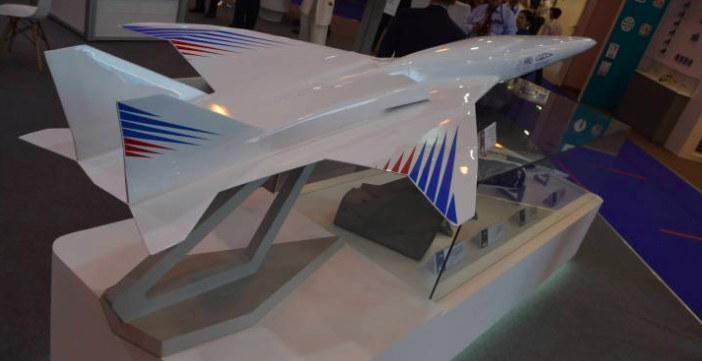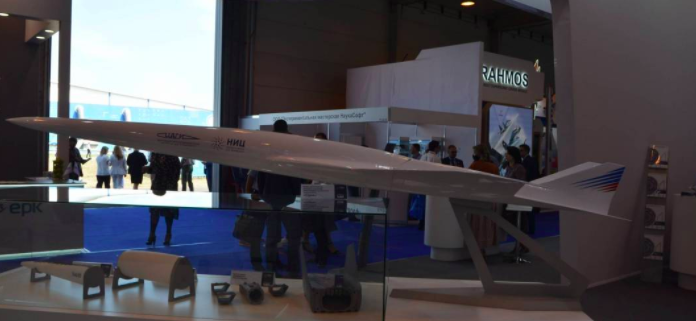- Why Russia is waiting to perfect the Strizh supersonic aircraft
- The specs of the Strizh supersonic aircraft

The Russian Aerospace industry is delaying a full-scale launch of a second-generation supersonic transport aircraft in order to work out key technologies in the development of supersonic aircrafts. The change in course was confirmed in a high-level government meeting last month when President Vladimir Putin himself approved a proposal by state-backed companies to develop the new Strizh (Swift) supersonic technology demonstrator to be powered by Klimov RD-93MA turbofans.
The Strizh aircraft would have a takeoff weight of 16 tonnes and would serve as a platform to evaluate a package of new technologies such as pro-bionic structural airframe design and engineering advancements of engines to help with noise emitted from the engines. the Strizh features a wedge-shaped nozzle and an inverted-V wing to reduce sonic boom and noise levels. The features would allow it to cruise at Mach 1.7 at an altitude of 51,000 feet while producing a sonic boom quieter than 85 dB. Developers of both the American X-59 project and the Strizh intend for community-response flight tests to enable ICAO’s Committee on Aviation Environmental Protection meeting (CAEP13) to establish a sonic boom standard in 2025.


